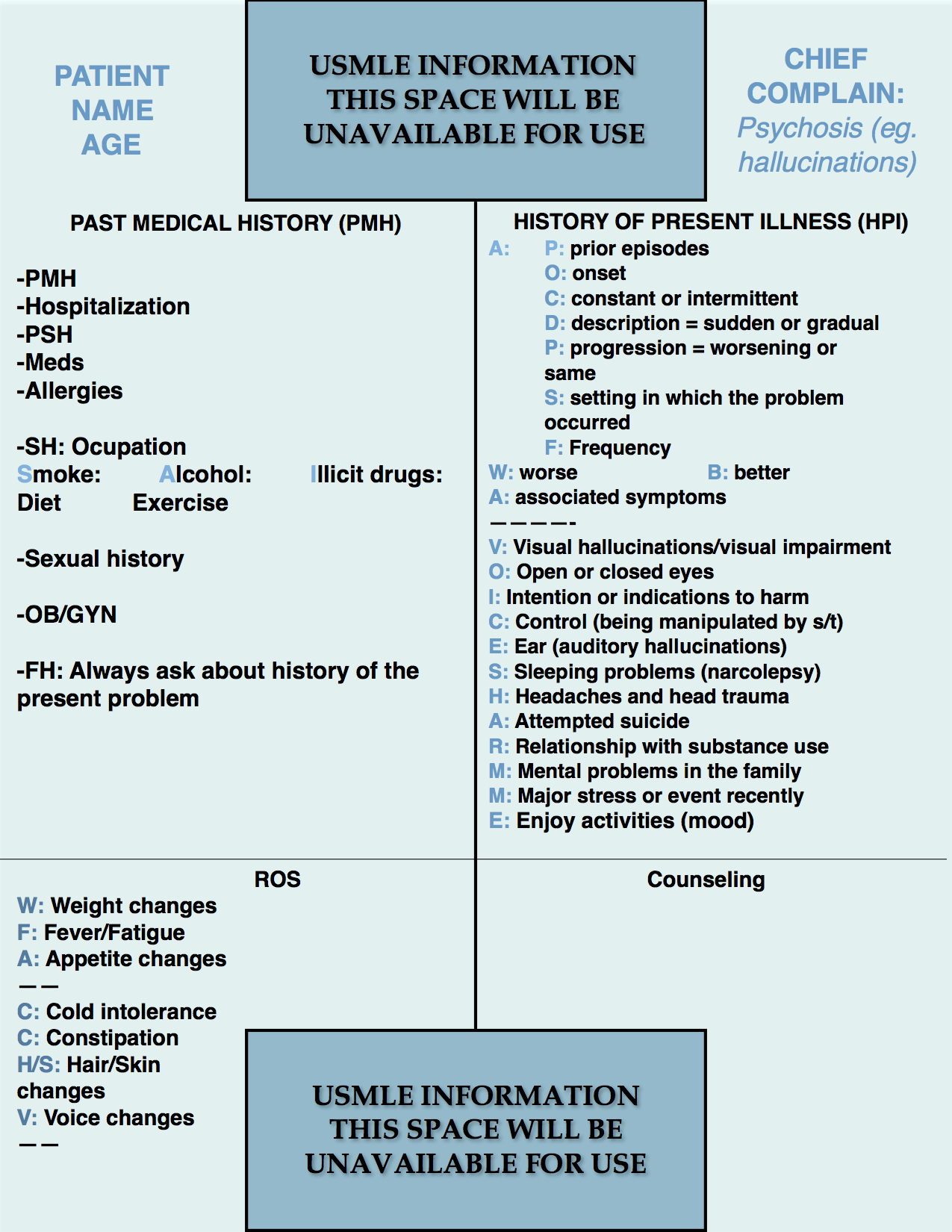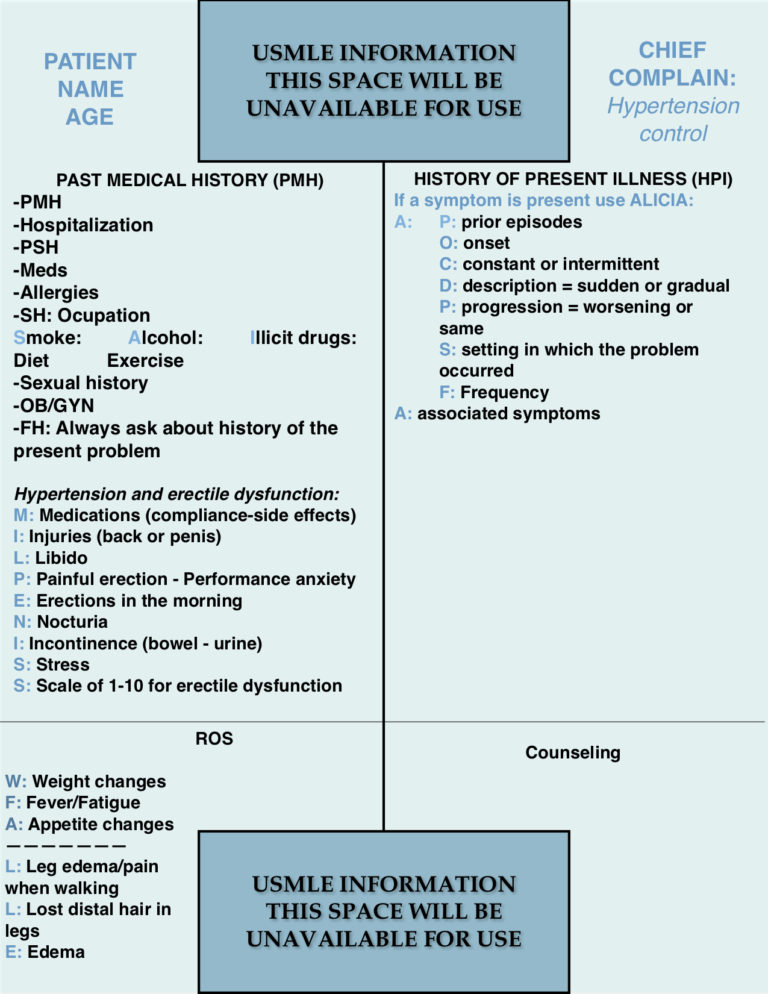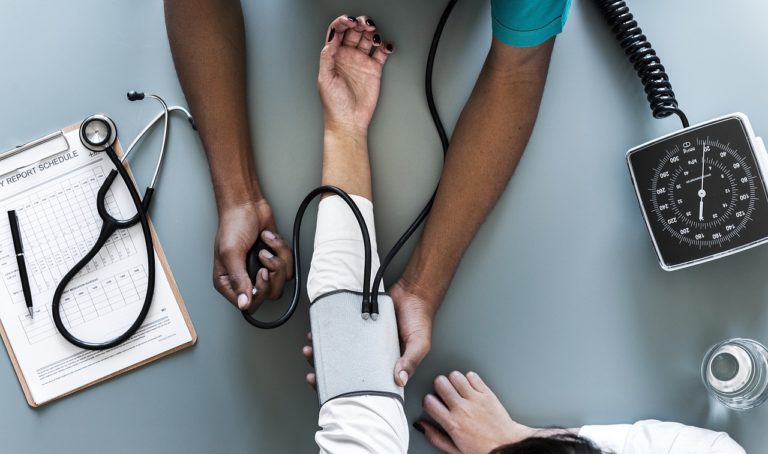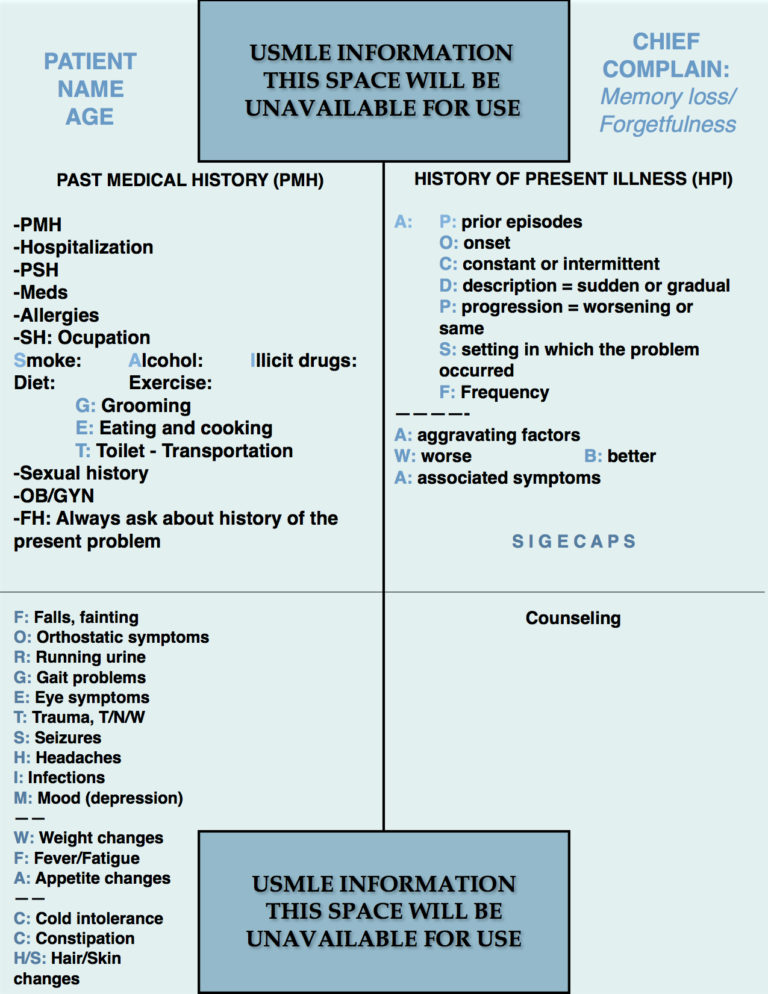Step 2 CS Blue Sheet Psychosis
Psychosis is a clinical syndrome composed of multiple cognitive disorders presenting mostly as impaired reality testing, hallucinations, delusions, and illusions. Psychotic episodes can be seen quite often in the medical settings, predominantly in the emergency departments, there is a myriad of patients presenting with psychotic symptoms that are mostly secondary to substance use disorders. Thus, special interest should be taken in recognizing the presence of substance use (eg. LSD).
Basic terminology:
- Impaired reality testing: Describes a state in which the patient is holding false beliefs of the real world (reality), usually with auditory or visual hallucinations, and/or other phenomena that confirms that the patient has a wrong understanding and perception of the real world.
- Hallucinations: Is a perception in the absence of an external stimulus that has qualities of real perception for that patient. They can involve any part of the senses such as visual, auditory, olfactory, tactile, etc.
- Delusions: Fixed and bizarre misbeliefs that a patient has despite the clear existence of contradicting facts. For example, a male patient tells his doctor that the most beautiful Hollywood actress is in love with him, despite her not even knowing him (erotomanic delusion). Another example is the Capgras syndrome in which a patient with dementia may think that someone close to him or her is an imposter.
- Illusions: An object that does exist is misinterpreted by the patient’s visual perception. For example, a patient looking at a car (the real object) actually sees a bull (illusion).
Let us review the suggested blue sheet, physical exam, diagnostic studies, and differential diagnosis needed to be done for addressing psychosis in USMLE Step 2 CS exam:
IMPORTANT ASPECTS OF THE PAST MEDICAL HISTORY:
The use of substances of abuse is a key factor in these patients. Most cases of psychosis are secondary to illicit drug or prescribed medications consumption. All types of drugs of abuse, including alcohol, can provoke psychosis in some people. Asking about family history and previous history of mental illness is critical as well.
IMPORTANT ASPECTS OF THE HISTORY OF PRESENT ILLNESS:
Using the conventional mnemonic for HPI helps in most of these cases. However, the mnemonic “VOICES HARM ME” does a really good job recalling important questions to be asked during the patient encounter.
V: Visual hallucinations/visual impairment.
O: Open or closed eyes: are the hallucinations present with the eyes open and close. Closed-eye hallucinations have been associated with the use of certain hallucinogens such as Psychedelics.
I: Intention to involve in violent acts or indications from somebody or someone to harm.
C: Control: Asks if the patient is being manipulated by somebody or something.
E: Ear: Auditory hallucinations.
S: Sleeping problems (narcolepsy): Sleepiness during the day. Hypnagogic hallucinations (that occur when the patient is “GOing” to sleep) or hypnopompic hallucinations (when waking up from sleep).
H: Headaches and head trauma.
A: Attempted suicide.
R: Relationship with substance use: Very important to ask.
M: Mental problems in the family.
M: Major stressor.
E: Enjoy activities (mood)
Manic episodes can be tested frequently in the Step 2 CS exam, therefore, learning the mnemonic “DIG FAST.”
- D: Distractibility and easy frustration
- I: Irresponsibility. impulsivity.
- G: Grandiosity.
- F: Flight of ideas.
- A: Activity increased.
- S: Sleep is decreased.
- T: Talkativeness.
One substance to consider besides drugs of abuse that can cause mania is testosterone, usually consumed as supplements by bodybuilders.
IMPORTANT ASPECTS OF THE HISTORY OF PRESENT ILLNESS:
Screening for constitutional or general symptoms can be done with the mnemonic W/F/A:
- W: Weight loss or gain.
- F: Fever and fatigue.
- A: Appetite changes.
Screening for thyroid disorders can be accomplished by using the acronym CCH/S:
- C: Cold or heat intolerance.
- C: Constipation or diarrhea.
- H/S: Hair or skin changes such as alopecia and dry skin.
PHYSICAL EXAMINATION:
1. HEENT/Neck:
- Eyes: PERRLA (look for myosis or mydriasis). EOMI, pay attention to the presence of nystagmus.
- Neck: thyroid gland assessment.
2. Lungs:
- Auscultation.
3. Cardiovascular:
- Auscultation.
4. Abdomen:
- Inspection.
- Palpation.
5. Neurologic:
- Cranial nerves 2-12.
- Mental status:
- Orientation: A/O x 3.
- Repetition: 3-word repetition.
- Order: “close your eyes, then clap and open your eyes.”
- Attention or concentration: spell backward the word “magical” or any other word.
- Recall: 3-word recall after 1 min (after doing all the others).
- Motor.
- Sensory.
- DTR’s.
- Gait.
WORKUP (focused on the clinical suspicion):
- CBC.
- Urine toxicology.
- Electrolytes, glucose.
- TSH, T4.
- CPK, urine myoglobin (rhabdomyolysis can occur with substance use disorders such as PCP intoxication).
- Electrocardiogram ECG.
DIFFERENTIAL DIAGNOSIS:
- Drug-induced psychosis.
- Brief psychotic disorder.
- Schizophrenia.
- Schizophreniform disorder.
- Mood disorder with psychotic features.
- Schizotypal personality disorder.
- Schizoid personality disorder.
- Delusional disorder.
- Paranoid personality disorder.
- Acute stress disorder.
- Post-traumatic stress disorder.
- Narcolepsy.
- Hyperthyroidism.
We hope that this post can help you better understand how to handle a case of psychosis in your exam. Please, feel free to contact us should you have any comment or question by using the comments section below. Good luck with your studies.
- Step 2 CS Blue Sheet Psychosis - 03/23/2018
- Step 2 CS Blue Sheet Memory Loss/Forgetfulness - 03/23/2018
- Step 2 CS Blue Sheet Shortness of Breath - 03/13/2018







Your blog is a gift to your readers.